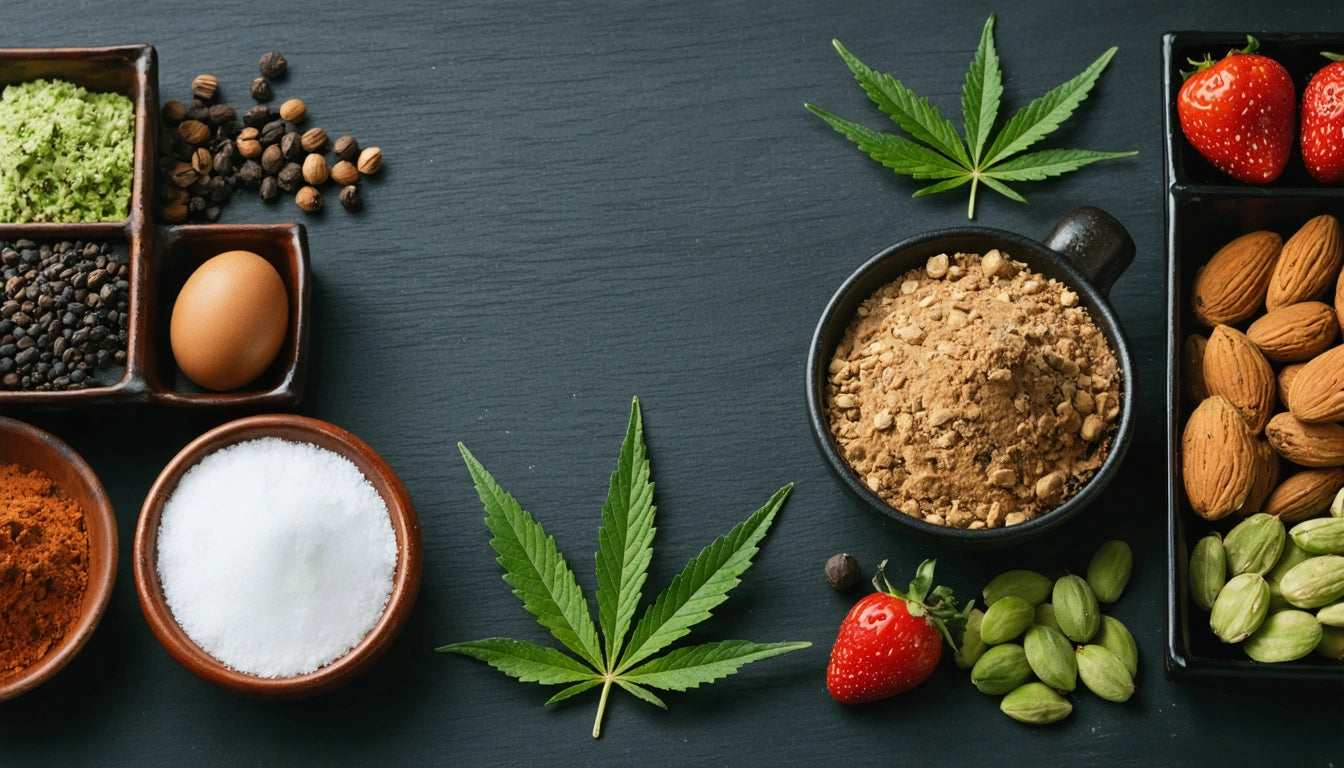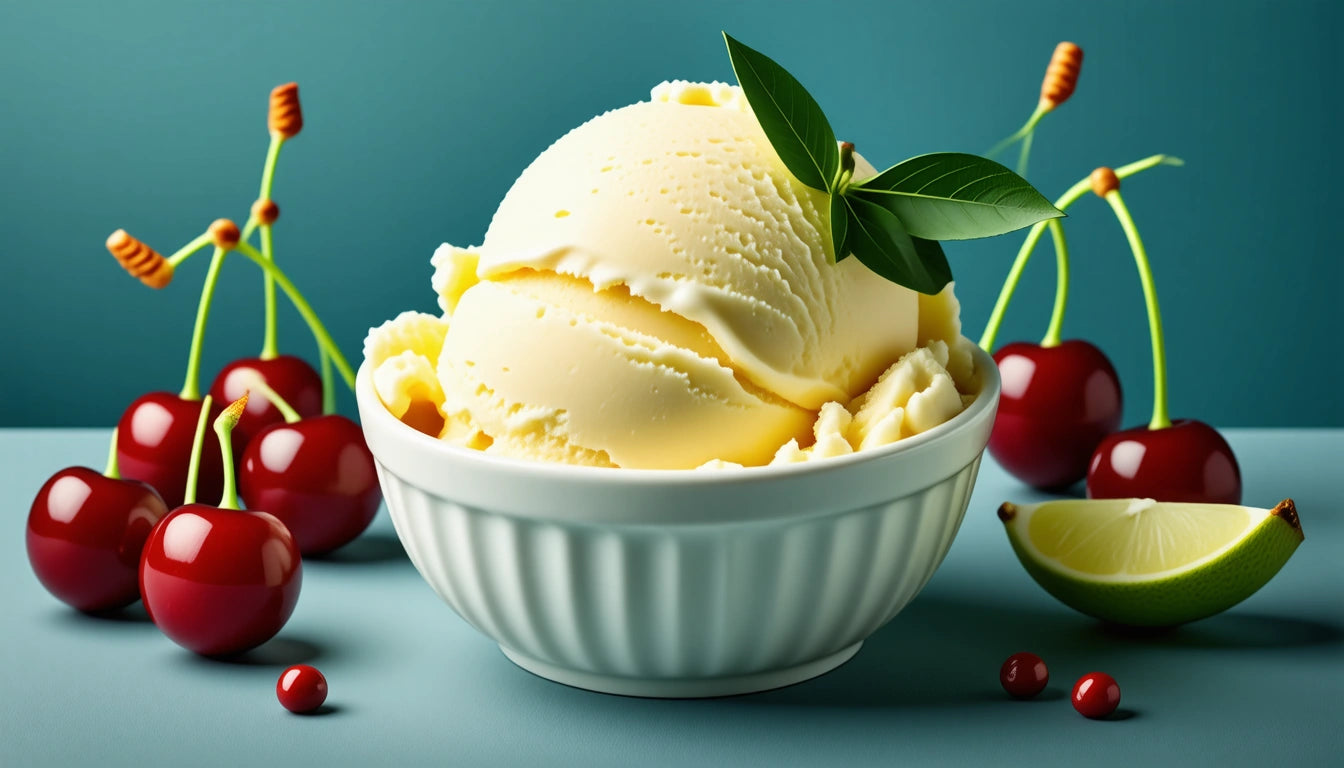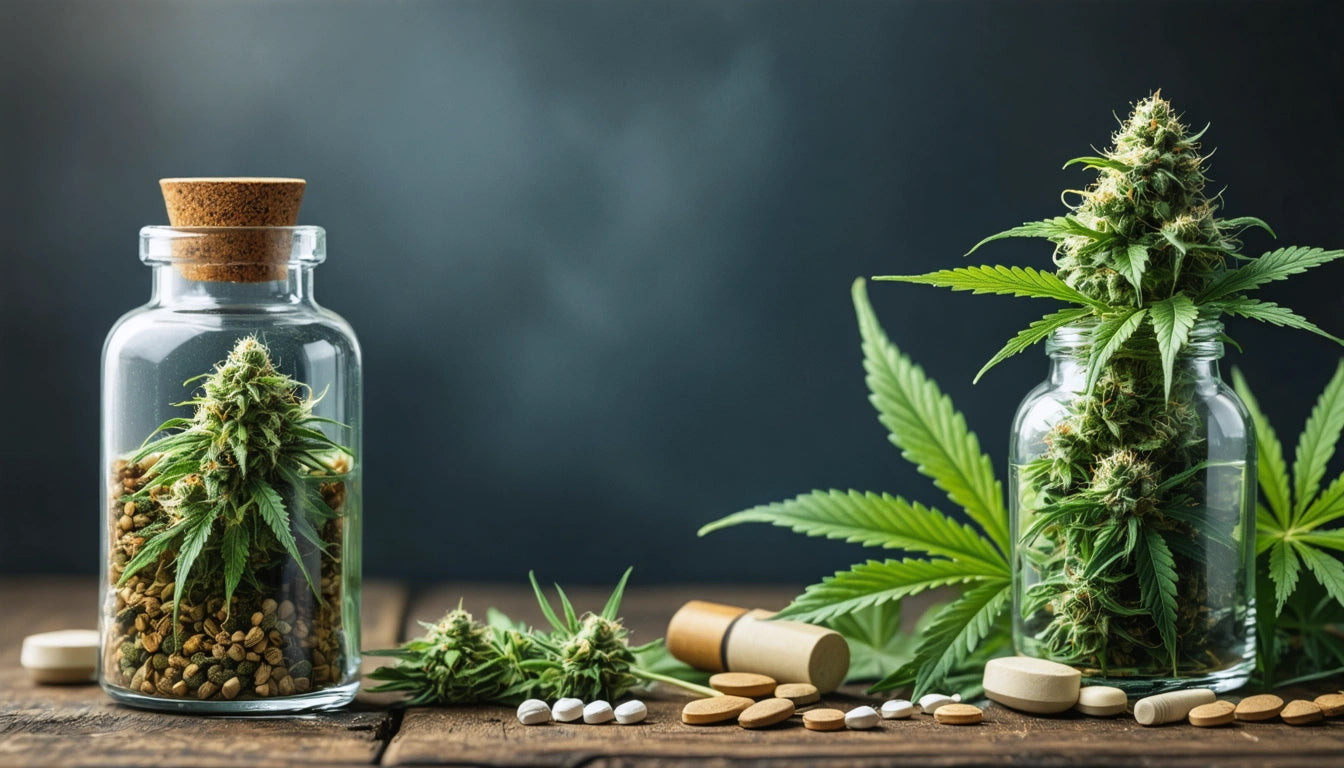Table of Contents
Cannabis consumers often report more intense and longer-lasting effects from edibles compared to smoking or vaping the same amount of THC. This difference isn't just anecdotal but has solid scientific backing. Understanding why edibles hit harder can help consumers make informed choices and avoid uncomfortable experiences.
Metabolic Transformation of THC
The primary reason edibles produce stronger effects lies in how the body processes THC through different consumption methods. When cannabis is smoked or vaped, THC enters the bloodstream through the lungs and reaches the brain quickly. However, when consumed as an edible, THC undergoes a significant transformation in the digestive system.
In the liver, delta-9-THC (the primary psychoactive compound in cannabis) is converted to 11-hydroxy-THC. This metabolite is more potent than regular THC and crosses the blood-brain barrier more efficiently. The result is a more intense psychoactive experience from the same amount of cannabis.
Bioavailability and Absorption Differences
Bioavailability refers to the proportion of a substance that enters circulation when introduced to the body. With smoking, THC bioavailability ranges from 10-35%, with much of the compound lost to combustion or exhaled. Vaping improves efficiency somewhat but still has limitations.
For edibles, while the overall bioavailability is actually lower (around 4-12%), the 11-hydroxy-THC that forms is substantially more potent. This means that despite less THC entering your system, the effects can be considerably stronger. Additionally, the absorption through the digestive system leads to a more complete, whole-body effect rather than the head-focused high often associated with inhalation methods.
Onset and Duration of Effects
The timeline of effects differs dramatically between consumption methods. When smoking or vaping, effects typically begin within minutes and peak within 30 minutes to an hour. The experience usually tapers off within 2-3 hours.
With edibles, the onset is much slower, typically taking 30 minutes to 2 hours to kick in, depending on metabolism, food in the stomach, and product formulation. This delayed onset often leads to the common mistake of consuming more before the initial dose takes effect.
The duration is also significantly extended. While smoked cannabis effects might last 2-3 hours, edible effects can last 6-8 hours or longer. This prolonged experience is another factor that makes edibles seem stronger, as the effects persist much longer than expected.
Dosage Considerations for Edibles
Given their potency, proper dosing of edibles is crucial. For beginners, a safe starting dose is typically 2.5-5mg of THC. Even experienced cannabis users often find that their smoking tolerance doesn't translate directly to edible tolerance.
For those concerned about consuming too much, it's possible to cut edibles into smaller pieces to reduce the dose. However, this approach works best with professionally manufactured products where THC is evenly distributed. Homemade edibles may have inconsistent distribution, making precise dosing more difficult.
Cannabis product manufacturers increasingly recognize the importance of proper packaging for edibles. Our high-quality storage solutions help maintain product freshness while providing space for crucial dosage information, helping consumers make informed decisions about consumption.
Factors Affecting Edible Potency
- Individual metabolism and body chemistry
- Food in the stomach (eating edibles on an empty stomach intensifies effects)
- Liver function and efficiency
- Body weight and composition
- Tolerance and previous cannabis experience
- Product formulation (full-spectrum vs. isolate)
Managing Edible Experiences Safely
If you find yourself having consumed too much of an edible, there are several approaches to manage the intense experience. Staying hydrated, consuming CBD (which can moderate THC effects), eating food, and finding a calm environment can all help. Remember that despite discomfort, the effects will eventually subside.
For those new to cannabis or edibles specifically, low-dose options like mints or sublingual products offer more predictable experiences. These products often provide more consistent absorption and easier dose control than traditional baked goods.
It's also important to consider potential interactions with other substances. Combining edibles with alcohol or medications can intensify effects unpredictably and potentially cause adverse reactions.
Understanding the science behind edible potency helps consumers approach these products with appropriate caution and respect. The stronger, longer-lasting effects of edibles make them ideal for certain therapeutic applications but require careful consideration for recreational use. By starting low, going slow, and being mindful of product quality and dosage information, consumers can enjoy the unique benefits of edibles while minimizing unwanted effects.











Leave a comment
All comments are moderated before being published.
This site is protected by hCaptcha and the hCaptcha Privacy Policy and Terms of Service apply.